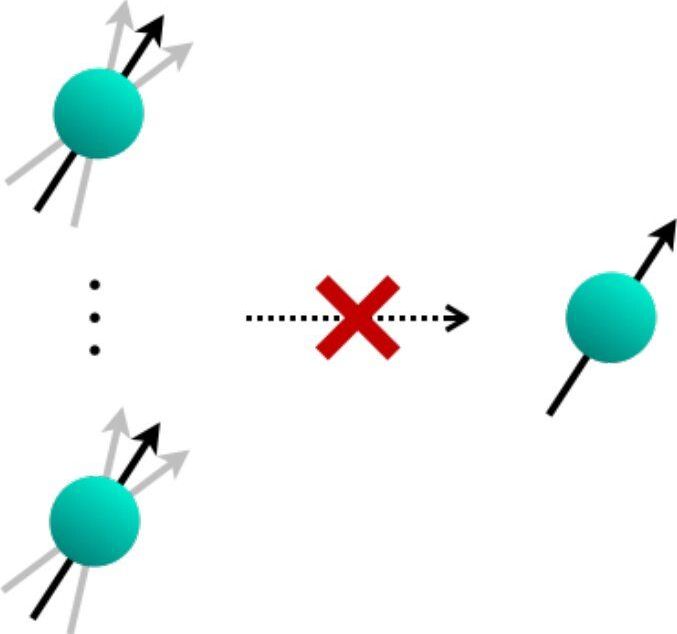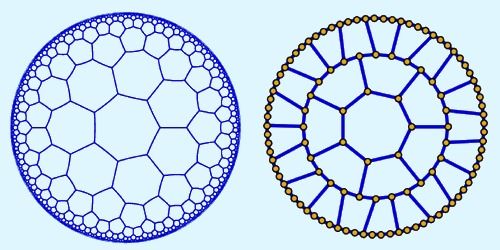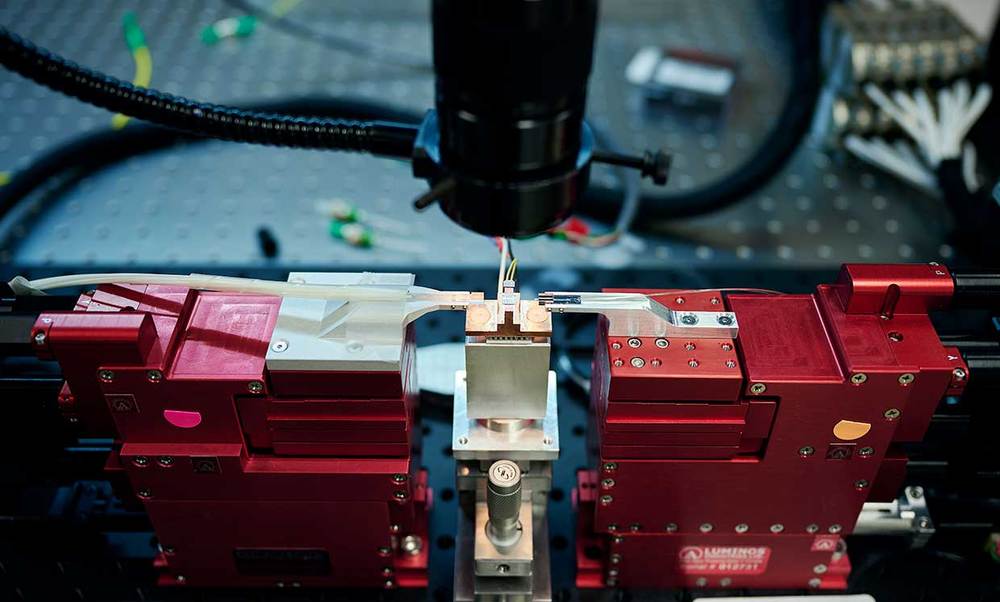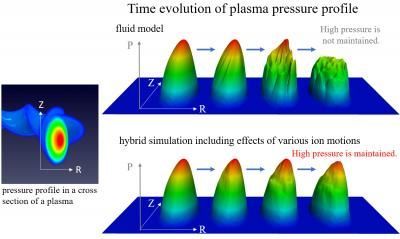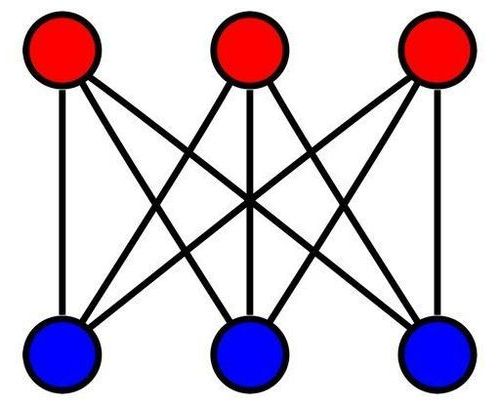Sep 11, 2020
Pentagon says Microsoft still deserves $10 billion JEDI cloud contract
Posted by Malak Trabelsi Loeb in categories: computing, government, law, military
After an internal investigation, the US Department of Defense (DoD) announced that is standing by its decision to award the $10 billion JEDI cloud computing contract to Microsoft and not Amazon. The probe was triggered after Amazon complained that the integrity of the bidding process was cast into doubt because of statements by President Trump.
The Pentagon affirmed its initial decision awarding the contract to Microsoft, but acknowledged that the legal battle isn’t over. In a press release, it said it “determined that Microsoft’s proposal continues to represent the best value to the government” but added that the contract “will not begin immediately.” That’s because of a temporary injunction issued over an Amazon lawsuit arguing that the contract had “clear deficiencies, errors and unmistakable bias.”

